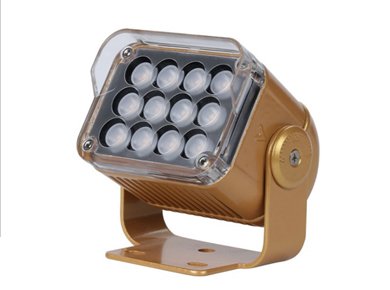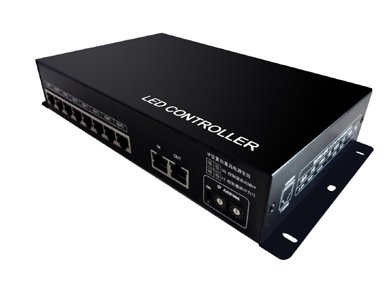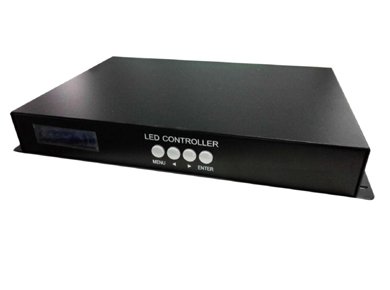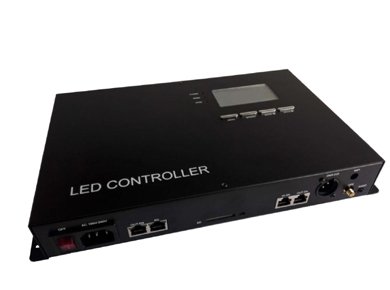Characteristics of LED Point Light
LED point light are a new type of decorative lamp, complementing linear light and floodlights. By mixing pixels, they achieve a point-to-surface effect, allowing the use of displays of specific sizes to replace the pixel pitch of smart lamps: the distance from the center of one pixel to another, currently termed "ps," such as P3 or P6. Pixel pitch reflects pixels per inch, derived from the distance between two pixels. Pixel pitch and pixels per inch are physical properties of flickering screens, while the information capacity is a numerical unit representing the capability to carry flicker information per unit area of pixels per inch at one time. The smaller the distance between points, the higher the pixels per inch, the greater the information capacity per unit area, and the closer the suitable visual distance. Conversely, the larger the distance, the lower the pixels per inch, the smaller the flickering information capacity per unit area, and the further the appropriate viewing distance.
LEDs consist of uniformly-made PN junctions, hetero-PN junctions, metal-semiconductor (MS) junctions, and metal-insulator-semiconductor (MIS) junctions, forming light-emitting diodes. Their operating principles and some electrical properties are akin to general crystal diodes, albeit using different crystal materials LEDs, including visible light, invisible light, and lasers, with visible light LEDs being more common in daily life. The emitting color of an LED depends on the material used, with available hues like yellow, green, red, orange, blue, purple, and full-color among others, embodying both rectangular and circular shapes. LEDs offer numerous advantages: long lifespan, compact size, low power consumption (energy-saving), low cost, low operational voltage, high luminous efficiency, rapid light response time, wide operating temperature range, pure color, robust structure (shock and vibration resistance), and stable and reliable performance, thus being highly favored.
Due to LEDs being close to "point" light sources, lamp design is relatively convenient, though for large-area displays, the current and power consumption are comparatively high. Generally, LEDs are used in indicator lights, digital tubes, display panels, and photo-coupler devices, as well as in optical communications, and for decoration in architectural outlines, amusement parks, billboards, streets, stages, etc.
Characteristic Parameters:
Include volt-ampere characteristics, allowable power consumption, response time, capacitance-voltage characteristics, etc.
Cover spectral characteristics and light distribution characteristics, primarily used for brightness or lumens, light decay, failure rate, luminous efficacy, uniformity, and light distribution characteristics. Peak wavelength and half-brightness are often employed to describe the spectral distribution of spectral characteristics.
Reflect thermal-related properties, such as junction temperature change and thermal resistance. Using high-brightness LEDs as a light source, they offer a long lifespan, low functional degradation, a die-cast aluminum lamp body, PC lampshade, and environmental friendliness; akin to the stars in the sky, they inspire boundless imagination.


 6W LED module spot light beam ...
6W LED module spot light beam ... 思域EN-402W 说明书 V1.0 (适用A1)
思域EN-402W 说明书 V1.0 (适用A1) 思域EN-508W 说明书 V1.0 (适用于A1)——PC ...
思域EN-508W 说明书 V1.0 (适用于A1)——PC ... 思域SN-500 说明书 V2.2 (适用B2, C2, C ...
思域SN-500 说明书 V2.2 (适用B2, C2, C ...